Northern Lapwing, Kievit, Kiebitz, Abibe-comum, Avefria Europea
Spotted in the Alentejo region of Portugal. Northern Lapwing sound
The Northern Lapwing (Vanellus vanellus), also known as the Peewit or Pewit (imitative of its cry), Green Plover (emphasising the colour of the plumage) or (in the British Isles) just Lapwing (which refers to its peculiar, erratic way of flying), is a bird in the plover family. It is common through temperate Eurasia. It is highly migratory over most of its extensive range, wintering further south as far as north Africa, northern India, Pakistan, and parts of China. It migrates mainly by day, often in large flocks. Lowland breeders in westernmost areas of Europe are resident.
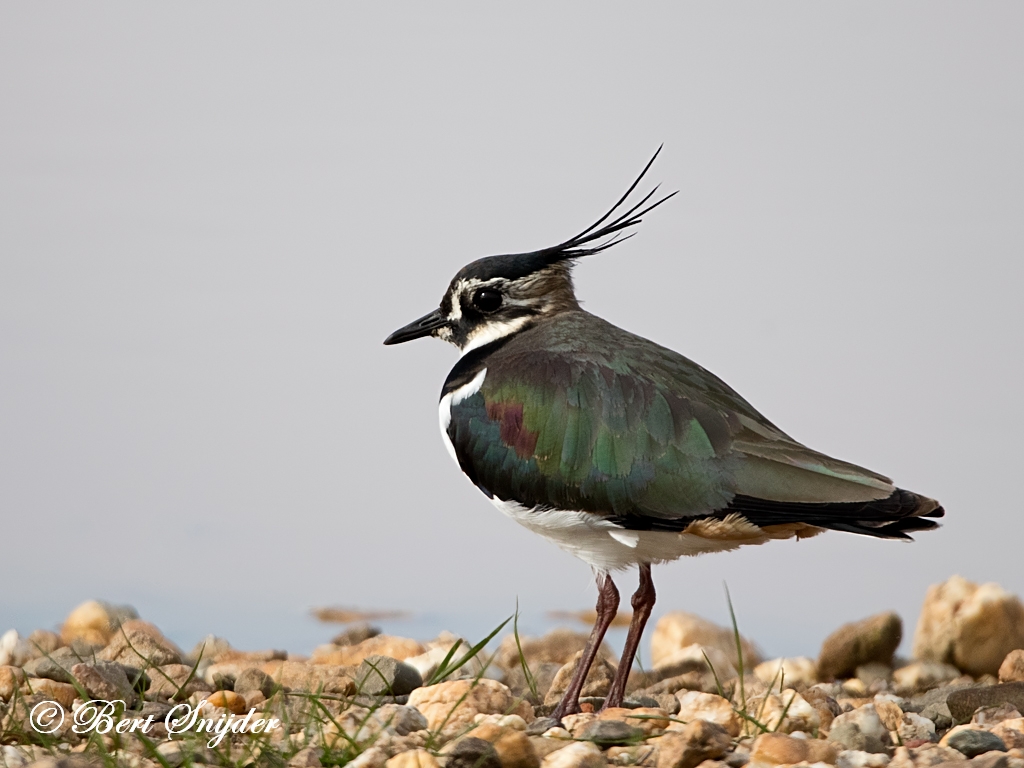
More photos at the bottom of this page.
It is a wader which breeds on cultivated land and other short vegetation habitats. 3 – 4 eggs are laid in a ground scrape. The nest and young are defended noisily and aggressively against all intruders, up to and including horses and cattle.
In winter it forms huge flocks on open land, particularly arable land and mud-flats.
The Northern lapwing is a 28–33 cm (11–13 in) long bird with a 67–87 cm (26–34 in) wingspan and a body mass of 128–330 g (4.5–12 oz).[3] It has rounded wings and a crest. It is the shortest-legged of the lapwings. It is mainly black and white, but the back is tinted green. The male has a long crest and a black crown, throat and breast contrasting with an otherwise white face. Females and young birds have shorter crests, and have less strongly marked heads, but plumages are otherwise quite similar.
The name lapwing has been variously attributed to the “lapping” sound its wings make in flight, from the irregular progress in flight due to its large wings (OED derives this from an Old English word meaning “to totter”), or from its habit of drawing potential predators away from its nest by trailing a wing as if broken. This is a vocal bird in the breeding season, with constant calling as the crazed tumbling display flight is performed by the male. The typical contact call is a loud, shrill “pee-wit” from which they get their other name of Peewit. Displaying males usually make a wheezy “pee-wit, wit wit, eeze wit” during their display flight, these birds also make squeaking or mewing sounds.
It feeds primarily on insects and other small invertebrates. This species often feeds in mixed flocks with Golden Plovers and Black-headed Gulls, the latter often robbing the two plovers, but providing a degree of protection against predators.
Like the Golden Plovers, this species prefers to feed at night when there is moonlight.
The Northern Lapwing is one of the species to which the Agreement on the Conservation of African-Eurasian Migratory Waterbirds (AEWA) applies.
National surveys of England and Wales have shown a population decline between 1987 and 1998. The numbers of this species have been adversely affected by intensive agricultural techniques. In the lowlands this includes the loss of rough grassland, conversion to arable or improved grassland, loss of mixed farms, and switch from spring to autumn sown crops. In the uplands the losses may have been due to increases in grazing density.
Natural England gives grant aid to help restore lapwing habitat within its Environmental Stewardship Scheme. The organisation suggests an option within this scheme called ‘Fallow plots for ground-nesting birds’. Uncropped plots at least 2 ha in size provide nesting habitat, and are located in suitable arable fields, which provide additional foraging habitat. Locating the plots within 2 km of extensively grazed grassland will provide additional foraging habitat. The plots is cultivated in the spring to produce a rough fallow, which is retained without the input of fertiliser or pesticides.
“Plover’s eggs” were an expensive delicacy in Victorian Europe, mentioned in Evelyn Waugh’s Brideshead Revisited, about aristocratic British society in 1920-40. In the Netherlands there is a cultural-historical competition to find the first peewit egg of the year (het eerste kievietsei). It is especially popular in the province Friesland, but there are also regional competitions. Gathering peewit eggs is prohibited by the European Union, but Friesland was granted an exception for cultural-historical reasons. The Frisian exception was removed in 2005 by a court, which determined that the Frisian executive councillors had not properly followed procedure. As of 2006 it is again allowed to look for peewit eggs between 1 March and 9 April, though harvesting those eggs is now forbidden. The first egg of 2008 was found on 3 March, in Eemnes, Utrecht, as was the first egg of 2009 found on 8 March. Over the last century, the first peewit egg is found earlier and earlier. This is caused both by increase use of fertiliser and climate change.
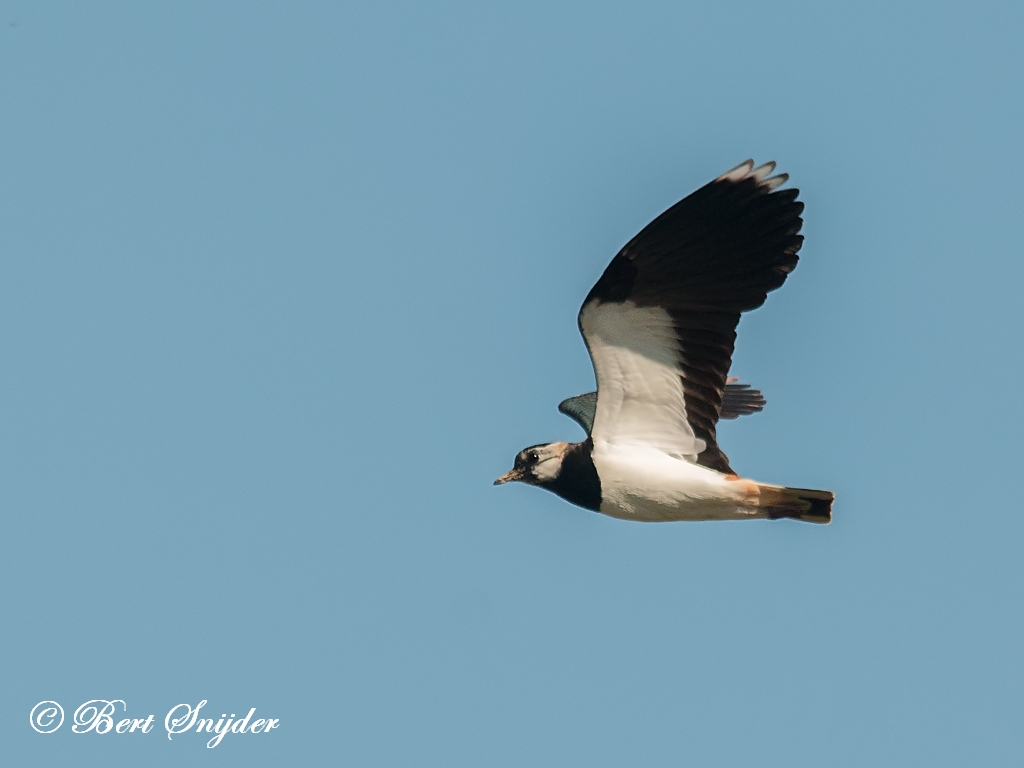
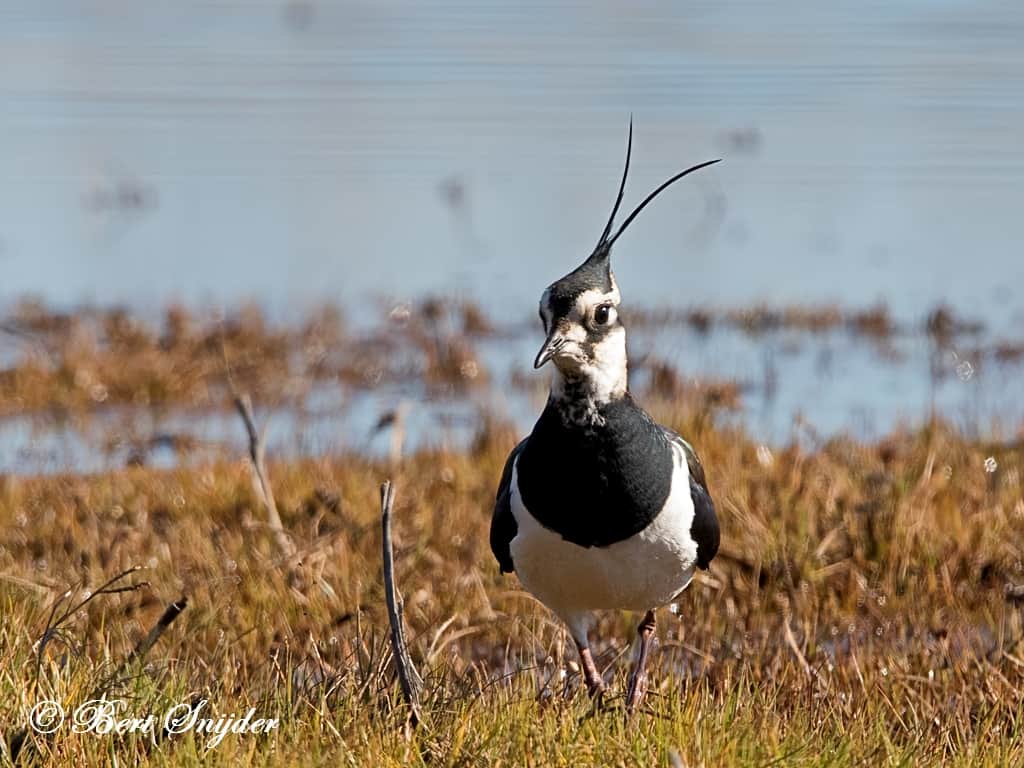
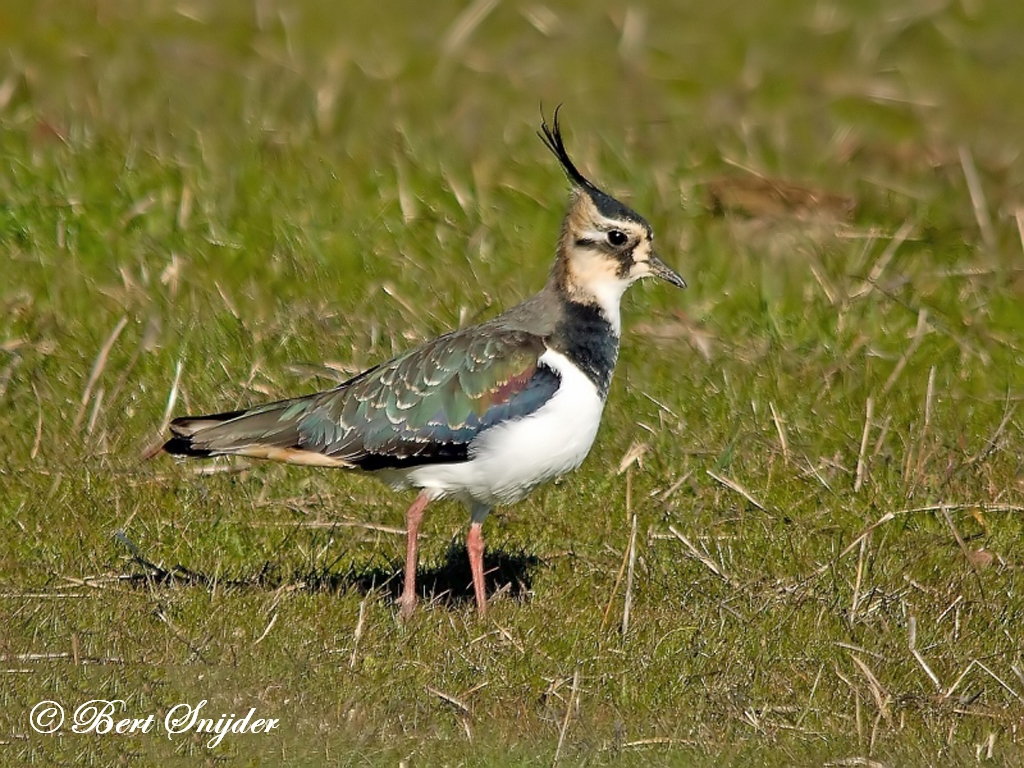
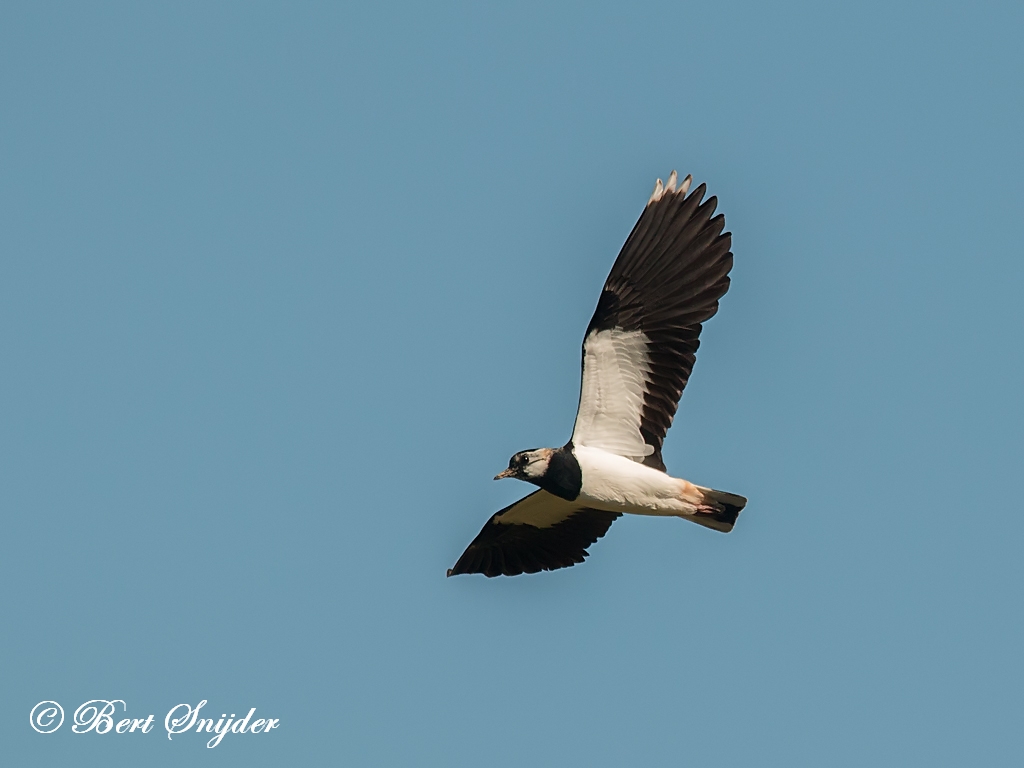
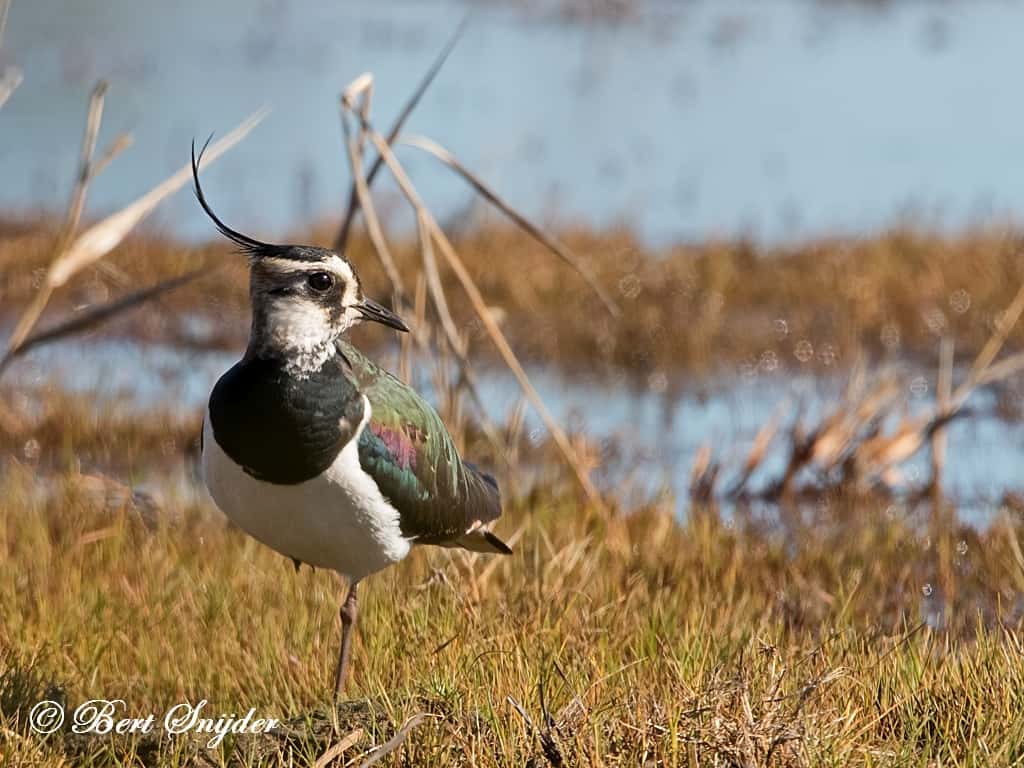
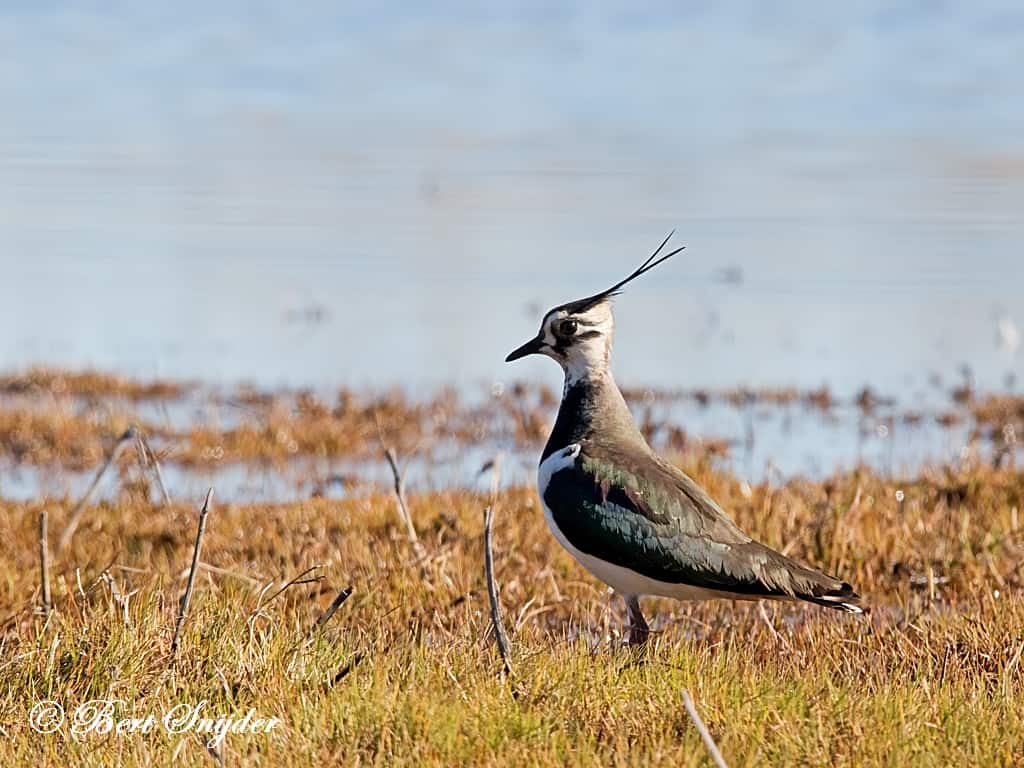
Other synonyms:
Asturian: Cigoreya, Pegueta
Azerbaijani: Buynyzlu cüllüt, Çibis, Çökükburun
Breton: Ar gernigell gupennek, Korlusk, Kornigell
Catalan: Fredeluga, Fredeluga gregària, Juia
Catalan (Balears): Juia
Valencian: Fredeluga gregària
Czech: Cejka chocholatá, èejka chocholatá
Welsh: Comchwiglen, Corn y wich, Cornchwiglen, Cornicyll, Cornicyll y gors, Cornicyll y waen, Cornicyll y waun, Cornor y gwennydd, Hen het
Danish: Vibe
German: Kiebitz
English: Common Lapwing, Eurasian Lapwing, Green Lapwing, Green Plover, Lapwing, Northern Lapwing, Peewit
Esperanto: vanelo
Spanish: Avefria, Avefría, Avefría Europea, Avefría Palustria
Estonian: Kiivitaja
Basque: Fredeluga, Hegabera
Finnish: Töyhtöhyyppä
Faroese: Vípa
French: Nanneau huppé, Vanneau huppé
Frisian: Ljip
Irish: Pilibín
Gaelic: Abharcan-Luachrach, Curcag, Curochdag, Curracag, Pibhinn
Galician: Avefría, Fredeluga
Manx: Eairkan, Earkan
Croatian: Vivak
Hungarian: Bíbic
Icelandic: Vepja
Italian: Pavoncella, Pavoncella eurasiatica, Pavoncella paleartica
Japanese: Ta-dori, tageri, Ta-geri
Cornish: Cornwhylen
Latin: Vanellus vanellus
Maltese: Venewwa
Dutch: Kievit
Norwegian: Vibe, Vipe
Polish: czajka, czajka (zwyczajna), Czajka pospolita, Czajka zwyczajna
Portuguese: abibe, Abibe-comum
Romansh: Vanel
Sardinian: Lèpiri de argiola
Scots: Abharcan-luachrach, Adharcan luachrach, Curcag, Curochdag, Pibhinn
Northern Sami: Vuoktaláfol
Slovak: Cibík chochlatý, cíbik chochlatý
Slovenian: priba
Albanian: Gicvilja
Serbian: vivak
Swedish: Tofsvipa
Vietnamese: Te mào
Travel Birdwatching Holiday Alentejo, Vacation Portugal for birders to see birds on your trip.